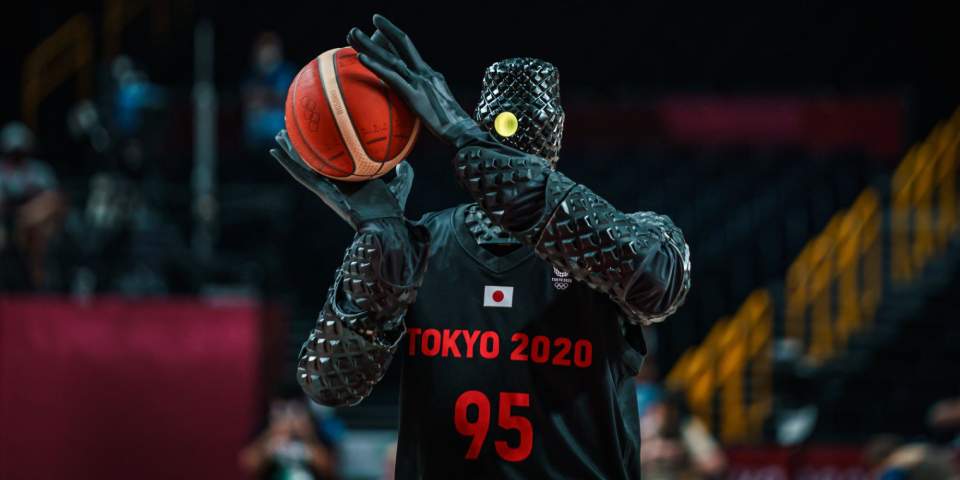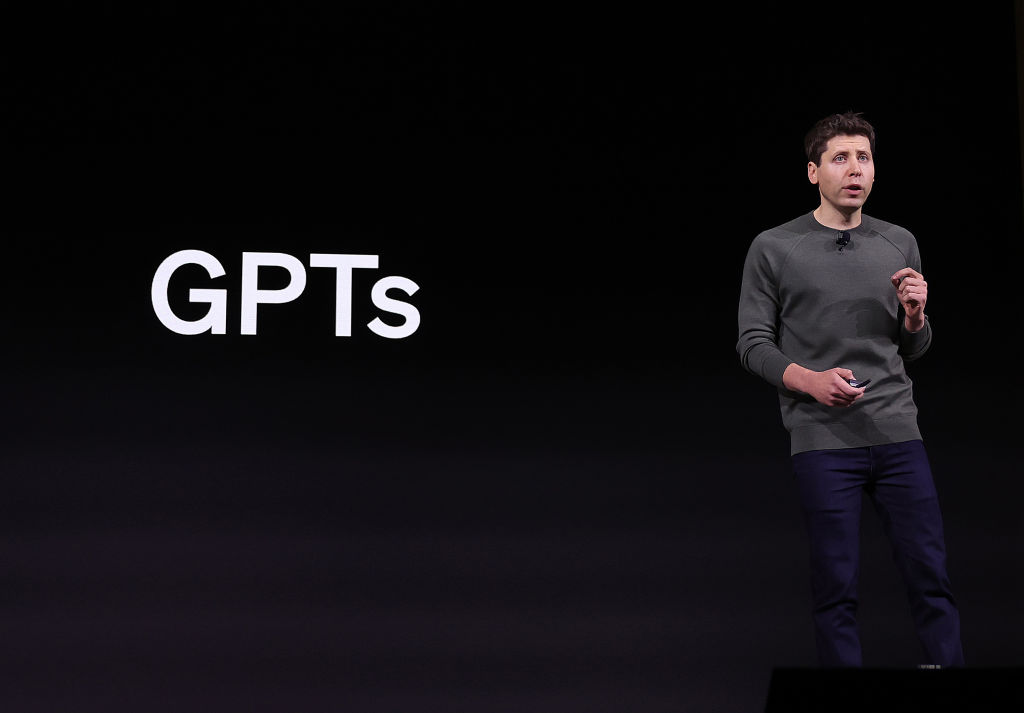🦾🏀 The Future of Sports Performance and Training
AI and robotics are revolutionizing sports through training bots, performance analysis, and enhanced fan engagement.

Today's Highlights
- How AI is changing robotics in sports
- This Week On BuzzBelow - a recap on this week's topics
- In Other News - a few interesting developments we're tracking
Artificial Intelligence (AI) is disrupting almost every industry. Sports are being transformed in profound ways by AI. From enhancing athletic performance to revolutionizing fan experiences and streamlining operations, here are some ways that AI and robotics are reshaping the sporting world:
Training and Rehabilitation Bots
These are wearable devices that athletes use for both training and rehabilitation. Exoskeletons like those developed by ReWalk Robotics and Ekso Bionics provide physical support and assist with movement, enabling athletes to train or rehabilitate with reduced risk of injury. They are particularly beneficial in the recovery process of athletes from leg injuries or surgeries, as they support the limbs and assist in regaining strength and mobility.
Performance Analysis Robots
In swimming, robotic devices are used to mimic the motion of human swimmers, providing a benchmark for swimmers to race against. These robots can maintain a consistent speed and trajectory, offering a unique training tool for athletes. Swimbot is a device that helps swimmers improve their technique by providing real-time audio feedback during their swim. Robotics technology is also being used to teach and perfect techniques in gymnastics and dance. Robots can demonstrate ideal movements and postures, providing a visual guide for athletes.

Entertainment and Fan Engagement
In cheerleading and dance performances during sports events, performance robots are sometimes incorporated to add an innovative visual element. They can perform synchronized routines, interact with human performers, and contribute to the overall spectacle. Boston Dynamics' robots, like Spot and Atlas, have been showcased in various entertainment roles, including sports events.
The market for AI and robotics is still a very new one as the sports robotics market generated revenues of nearly $1.3 billion in 2021, indicating a steady increase over the years. North America holds the largest market share, accounting for almost 40% of the overall market. The technical landscape of AI and robotics in sports is complex and rapidly evolving, offering revolutionary changes in how sports are played, experienced, and managed. The challenge lies in responsibly harnessing these technologies to benefit all stakeholders in the sporting ecosystem.
This Week on BuzzBelow




In Other News







